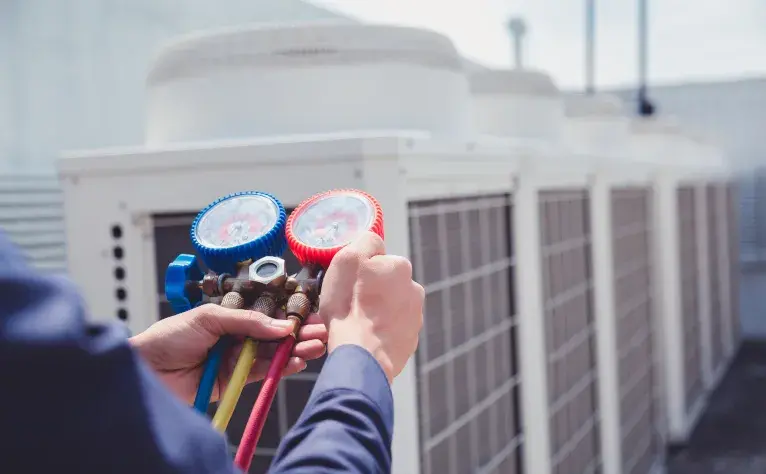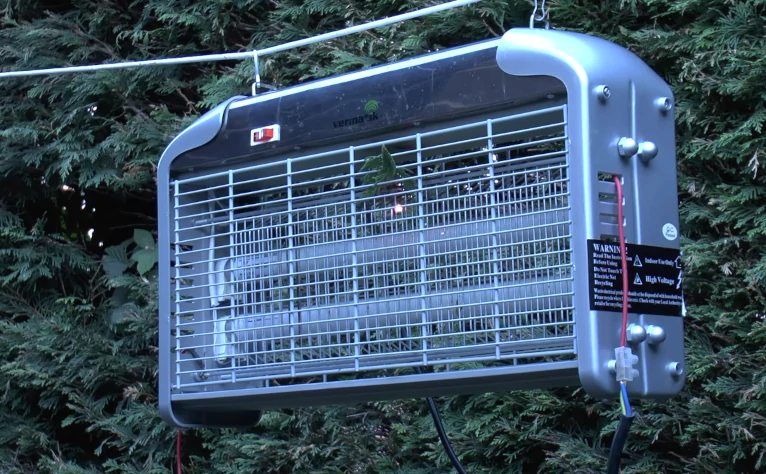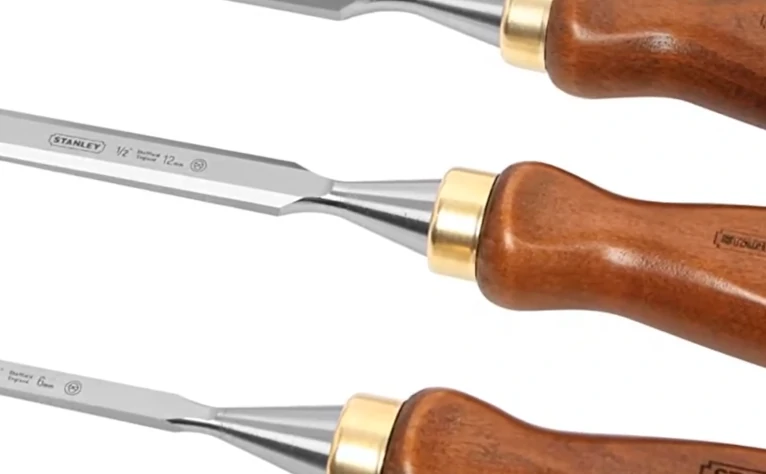How To Calculate Electricity Usage For HVAC System

Knowing how much electricity your appliance consumes is one of the good ways to manage your utility bills. Your HVAC system, for instance, how often you use it and its power rating, may affect your electricity consumption.
Whether you’re planning on buying a new HVAC unit or perhaps you’re wondering how you can further trim down your electric bills, knowing how to calculate the electricity usage for your HVAC system can be to your advantage.
Factors Affecting The Electricity Usage Of Your HVAC System
Before delving into how to compute for your HVAC’s power consumption, it’d be good to note that other technical factors may also play a role in affecting and increasing its electricity usage.
To start, here are some:
1. Type Of HVAC System
There are various HVAC systems available on the market today. Each of them has its specific function and technical requirements and considerations, such as the cooling and heating capacity and its power rating.
In this case, the power rating refers to the amount of electricity your HVAC unit consumes as it runs. Electricity is often denoted in watts or kilowatts. You can easily convert to the other by dividing or multiplying by 1000. To convert watts to kilowatts, divide the figure by 1000; if kilowatts to watts, multiply by 1000.
If you already have an HVAC system, simply by identifying which type is currently installed in your house can help you determine its energy consumption rate. On the other hand, if you’re just planning to get one, knowing the various types of HVAC systems available today can help you to pick a more energy-efficient unit.
Here are some of the common HVAC systems on the market today:
- Centralized Air Conditioning Unit
With this system, cold air is circulated into your home using ducts and piping systems that can be embedded in your ceilings and walls. Also, this system has an evaporator, condenser, and compressor components, that help it run.
In general, the average energy consumption of a centralized system is approximately 3,000- 5,000 watts per hour.
- Mini-Split System
Much like a centralized system, a mini-split air conditioning unit also comprises an evaporator, compressor, and condenser. Although, its outdoor and indoor units are connected by refrigerant pipes instead of a ducting system.
A mini-split system typically consumes approximately 2,000 watts per hour.
- Window AC Unit
This system features a small, sizeable unit that’s placed on your window blinds. This system has all its components inside it; there are no outside or inside components.
Since window-type ACs are considered simpler compared to centralized and mini-split systems, their energy consumption can also be significantly lower. In general, this type uses about 1,500 watts per hour.
If you’re planning to have one installed in your house, it’d be best to consult an HVAC contractor cross junction with enough skills and expertise when it comes to different systems and their installation.
2. Energy Star Rating
Perhaps, you might have heard the word energy star rating, especially when you’re checking out and purchasing appliances. To put it simply, energy star rating refers to the efficient way to measure how energy-efficient your appliance is. This is an important consideration when determining the power consumption rate of your HVAC system.
Most appliances will have a star rating sticker that runs from one to five. Now, the number of stars indicated shows the efficiency of your HVAC unit. The higher the number of stars, the more efficient your system is, and vice versa.
3. Tonnage
Another factor that may affect the electrical usage of your HVAC system is tonnage. In this case, tonnage doesn’t refer to the weight of your HVAC unit because it refers to the rate at which your air conditioning unit can cool down your home.
This rate is often measured and denoted in tons. Alternatively, it’s also referred to as the British Thermal Unit (BTU,) depending on where your HVAC is manufactured. So, it could be one ton, two tons, and the like. However, if the tonnage is indicated as BTU, you can convert it to tons by dividing the figure by 12,000.

How To Compute HVAC System Electricity Usage
To manually compute the power consumption of your HVAC system, you’ll need the following:
- The Wattage of HVAC Unit
The wattage of most appliances is denoted in watts. However, when calculating the energy consumption of your unit, the resulting value is often expressed in Kilowatts per hour (kWh).
With this in mind, you’d have to convert the given HVAC unit watts by dividing the value by 1000. For example, if your unit has 2,500 watts, you’d have to convert it and express its rate of 2.5 kW instead.
- Operational Hours
This refers to the number of hours you are running or operating your HVAC unit on a given day.
Once you have the information already, you can calculate your HVAC’s system electricity usage using this formula:
No. Of Units Consumed (kWh)= power consumption (kW) × No. Of Hours (h)
For example, if you have a one-ton mini-split HVAC unit with a five-star rating installed in your house, and you use it for six hours a day, you can compute it this way:
- Based on the typical manufacturer’s standards, this HVAC unit has a power rating of 781W. Therefore, first convert the watts into Kilowatts by dividing by 1000, as previously stated.
781/1000 = 0.781kW
- Multiply this by the number of hours your unit runs, which, in this case, is six hours:
0.781 kW × 6 = 4.686 kWh
Final Words
Aside from the regular upkeep and maintenance of your home, familiarizing yourself with how much your installed appliances and systems use power can go a long way too. Calculating the electricity usage of your HVAC system may sound a bit technical and challenging. But with the help of the insights presented above, you can be a more informed consumer.





